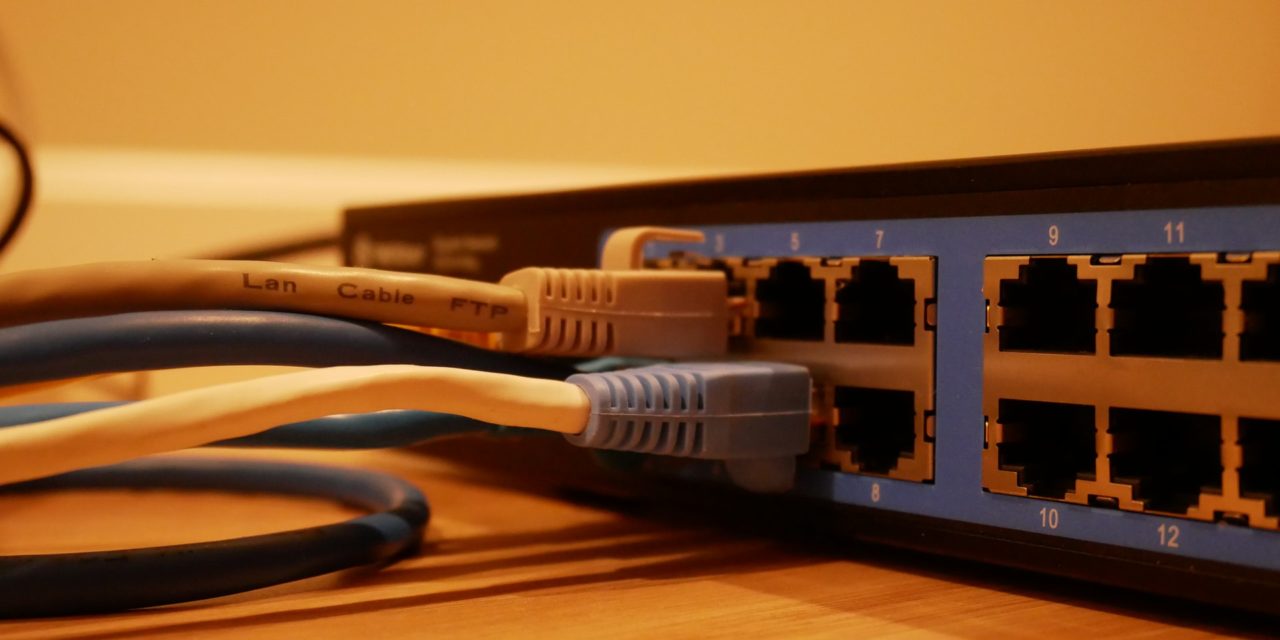Most of the time your Internet connection is not being used to it's full potential. Increasing cable and DSL speeds allow home Internet connections to support many more computers than you have connected. If you just use you computer for a few hours each day you may consider sharing your Internet connection with family and neighbors to maximize its use and reduce your cost.
Strong signal – A good external antenna
The most important aspect of running a Hotspot is getting a strong signal to your neighbors. The best option is to mount an external antenna as high as you can on your property. Antenna can be expensive so it's worth shopping round for a good deal on Ebay. I would recommend a 6dB External Omni-Directional Antenna for most people.
Be aware of the different type on antenna connectors. I like the RP-TNC connector that is found on Linksys WRT54GL routers, as it's more durable than the little RP-SMA connector used on other kit. If you do not yet know where you customers will be connecting from it's best to get an omni-directional antenna. If you know where they will be connecting from you could get a directional or “patch” antenna.
Strong Signal – A short antenna lead.
When you designing your system you need to have the shortest possible lead between the WiFi Hotspot Router and the Antenna. For good signal strength try to keep the lead less than 6′. A good solution for this is to install the WiFi Hotspot Router in a weather proof or Tupperware box and mount it on the antenna post. You will then need to run the power and network connection up the pole but I find it gives the best overall result. The safest way to run the power up the pole is to keep the wall wart inside the house and splice in a section of low voltage cable to run up to the pole.
Choosing a router – The Awesome Linksys WRT54GL
The WRT54GL WiFi Router can be purchased for as little as $50. It can easily have it's firmware replaced with OpenWRT or DD-WRT both tiny versions of Linux which allows you to run your own software directly on the router. Then you can install Hotspot Management software on the router and in under 5 minutes you can have a powerful WiFi hotspot for less than $100.
How to control access to your WiFi Hotspot.
The nicest thing to do is to leave your WiFi router open with no encryption. Then anyone can use it for free. If you want some control over who uses your system or if you want to make some money from your system these are the main options:
MAC Address Filtering. A MAC address is a unique number that every network and wireless device has. A MAC address look something like this: 01:23:45:67:89:ab Most WiFi routers have the ability to only allow certain MAC address access to the network. You could set up MAC filtering on your WiFi router then speak with your neighbours and if any of them wanted to share the cost of your connection then you could add them to the list of approved MAC addresses.
WPA Key. Another approach is to set up WPA encryption on your router. When you set it up you'll be asked to enter a WPA Key, which is like a password. You could then give then give the key to any neighbours who wanted to connect to your Internet connection.
The Captive-Portal. Nearly all commercial Hotspots are Captive Portals, this appears as an Open or Unencrypted WiFi signal but then redirects any traffic to a specific web page called a “Splash Page” where your often asked to login or purchase internet access. Your splash page will be an advertisement for your WiFi service, so you would want to list how much you charge for access. A captive portal is great, as you don't need to visit your neighbours to see who wants to connect; anyone connecting to your WiFi Hotspot gets redirected to your splash page. You can even set up an automated system to take Pay Pal payment for Internet access so you would not even need to be home to be making money.
Good luck with your new WiFi Hotspot.

